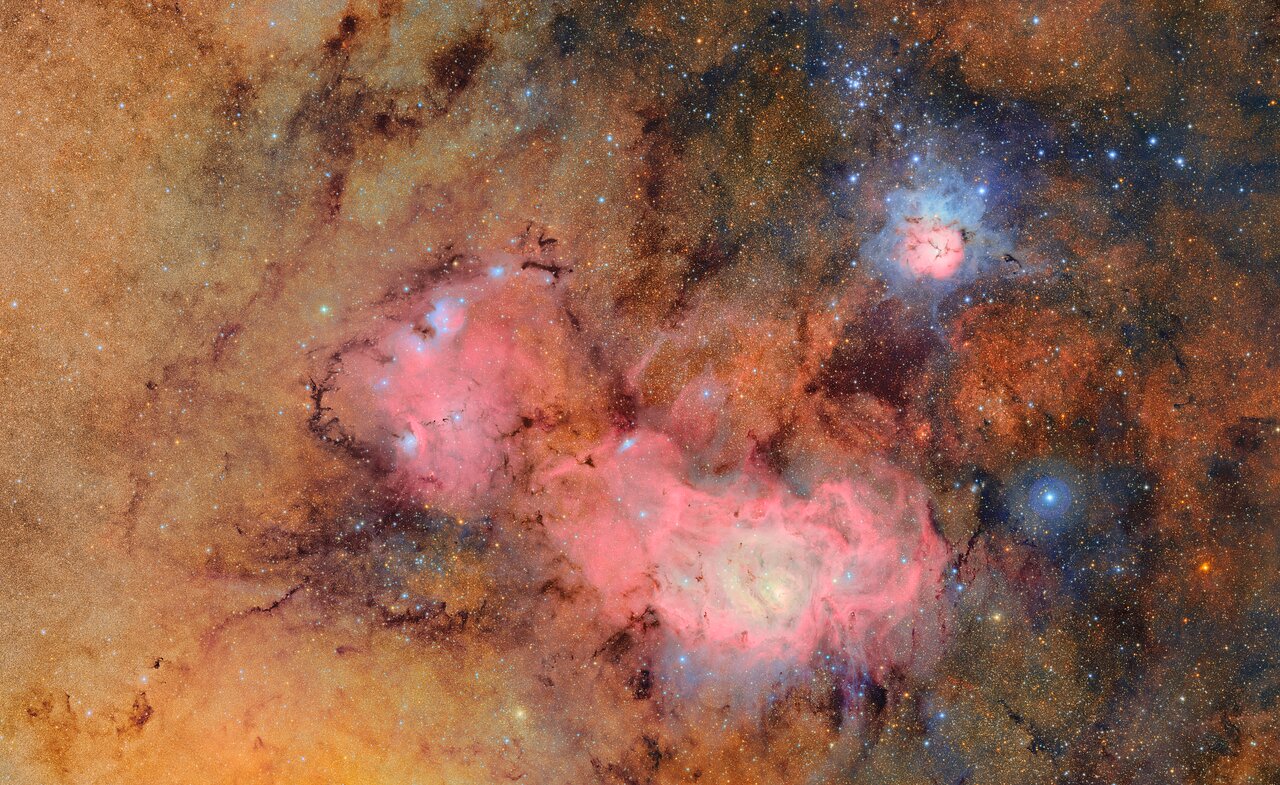The Universe Through the Eyes of the Vera Rubin Observatory
 Gianluigi Filippelli
Gianluigi Filippelli
In a perhaps slightly convoluted formula, on the English wiki we find written that:
She uncovered the discrepancy between the predicted and observed angular motion of galaxies by studying galactic rotation curves. Her work on the galaxy rotation problem was cited by others as evidence for the existence of dark matter.
In short, anything to avoid saying that Vera Rubin was one of the discoverers of dark matter, a concept that was introduced by Fritz Zwicky in 1933 (and that we often consider as the discoverer of dark matter). On the other hand, the committee that awards the Nobel Prize has never awarded her this recognition, neither for this discovery nor for her other works in the field of astronomy. The discussions on this lack of recognition continued even after her death, which occurred on December 25, 2016, and obviously one of the hypotheses on the lack is linked to the fact that she was a woman.
In partial reparation for this, on December 20, 2019, the Large Synoptic Survey Telescope was renamed the Vera C. Rubin Observatory both in recognition of its studies in the field of dark matter and for its fight for equal treatment and representation of women in science.
The observatory was built on the summit of Cerro Pachón, in Chile, and its primary goal is precisely that of studying dark matter and energy. It began observation operations in April 2025 and on 23rd June it released spectacular images of some portions of the universe, observed with its instruments from the ground.
The first image is the Treasure Chest made up of galaxies in the Virgo Cluster
Located on the border between the constellation of Virgo and Coma Berenices, it is a rich cluster containing at least 2,500 galaxies of different types, from spirals to ellipticals, and is located about 60 million light years away. About 75% are spiral galaxies, but the cluster also contains some of the largest elliptical galaxies known: among these the largest is M87, at the center of which is the black hole M87*, the first of which we have managed to obtain an image.
Perhaps the most spectacular photo is the one that portrays a vast area of the constellation of Sagittarius with the Lagoon and Trifid Nebulae
The two nebulae, respectively 4000 and 5000 light years away from us, are particularly interesting regions to study because of the star formation processes that occur (or occurred) among the cosmic dust that constitutes them. There are not only these photos of the distant universe, but also observations within the Solar System, which have led to the discovery of many new asteroids:
Great results that demonstrate how, from a technological point of view, ground-based observatories have nothing to envy from space telescopes. All of this, of course, under the sign of Vera Rubin.
Subscribe to my newsletter
Read articles from Gianluigi Filippelli directly inside your inbox. Subscribe to the newsletter, and don't miss out.
Written by

Gianluigi Filippelli
Gianluigi Filippelli
Master dregree in Physics in scattering theory. PhD in Physics in group theory (ray representation in quantum mechanics). After a master in e-learning I'm Chief Editor / Deputy Editor for EduINAF, INAF magazine about outreach and astronomy education.

